About Don Reitz
| Artist | Don Reitz (Donald Lester Reitz) |
| Born | November 7, 1929, Sunbury, Pennsylvania |
| Died | March 19, 2014. Clarkdale, Arizona at age of 84 years old (1929 – 2014) |
| Education | Kutztown State Teachers College Alfred University |
| Known For | Salt-glazed pottery. He was most renowned for resurrecting the centuries-old method of salt firing, in which salt is added to a hot kiln to produce textured surfaces unlike those produced with conventional glazes. |
Don Reitz’s Background
From 1962 through 1988, he worked as a ceramics instructor at the University of Wisconsin–Madison in Madison, Wisconsin. His adaptation of a ceramic firing process created during the Middle Ages, which required pouring salt into the pottery kiln during the firing stage, took place during this period. He retired in 1988 after 25 years.
They taught the method at ceramic art schools in Europe, but it was virtually unknown in the United States’ studio pottery scene.
Reitz was involved in a catastrophic car accident involving a truck in 1982, and he was hospitalized for several months as a result. While he was recuperating from his injuries, he began to produce a series of ceramic pieces that became known as the Sara Period collection.
During a heart attack in 2007, Reitz had to endure more than a dozen procedures, including a valve replacement, to recover. With the assistance of studio assistants, he was able to continue making ceramic art.
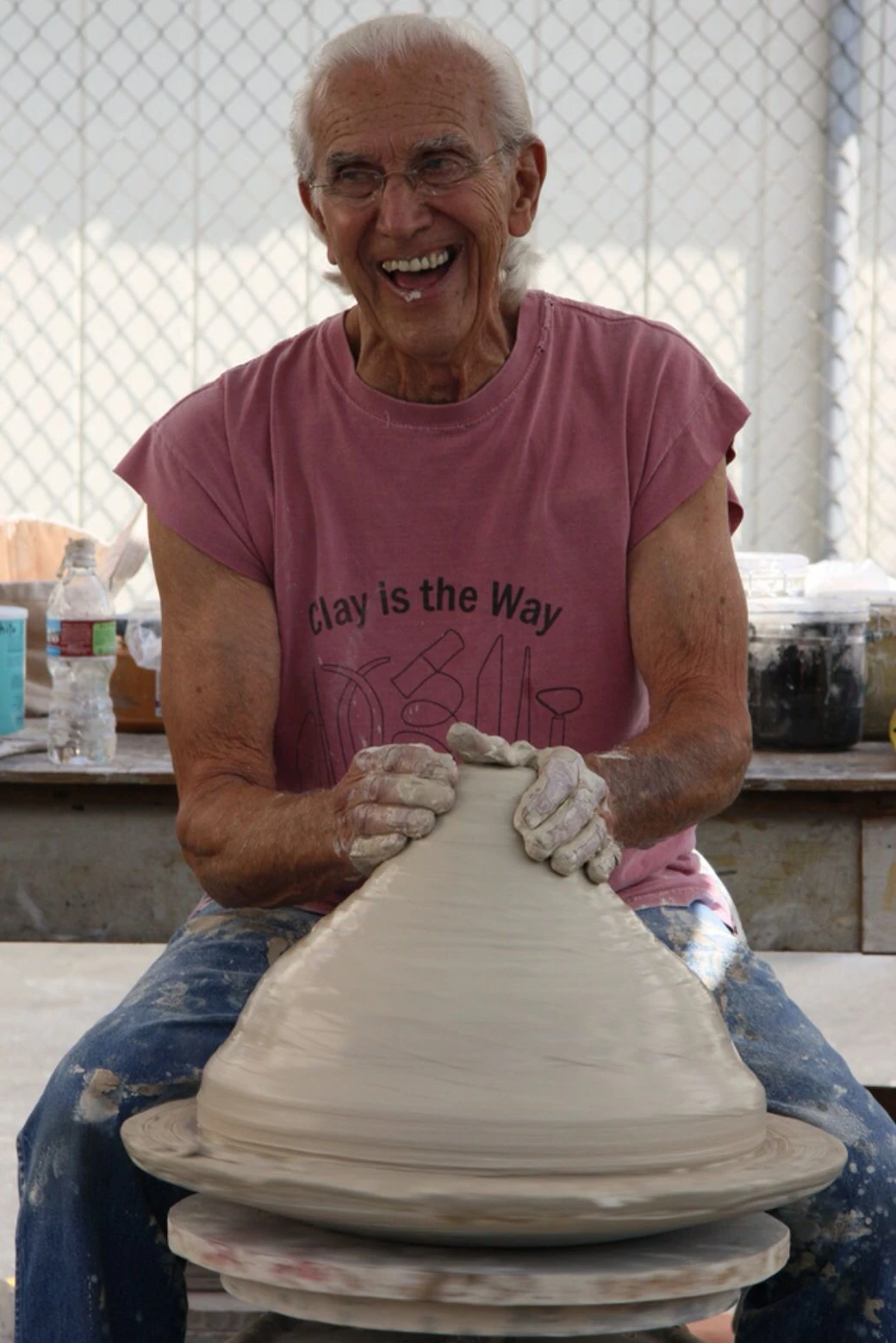
Donald Lester Reitz (Don Reitz) (November 7, 1929–March 19, 2014) was an American ceramic artist. Don Reitz is credited with sparking a resurgence in the United States of salt-glazed pottery. Sara Period is the name given to a series of ceramic pieces that were created by Don, known as the healing series. Reitz’s salt glaze process produces brownish “luminous colors with a dazzling surface.”
A eulogy for Reitz was published in The New York Times and the American Craft Council after he died on March 19, 2014, at the age of 84, from heart failure. Some of his works can be found in several museums, including the Smithsonian Institution, the American Museum of Ceramic Art, and the Museum of Fine Arts in Boston.


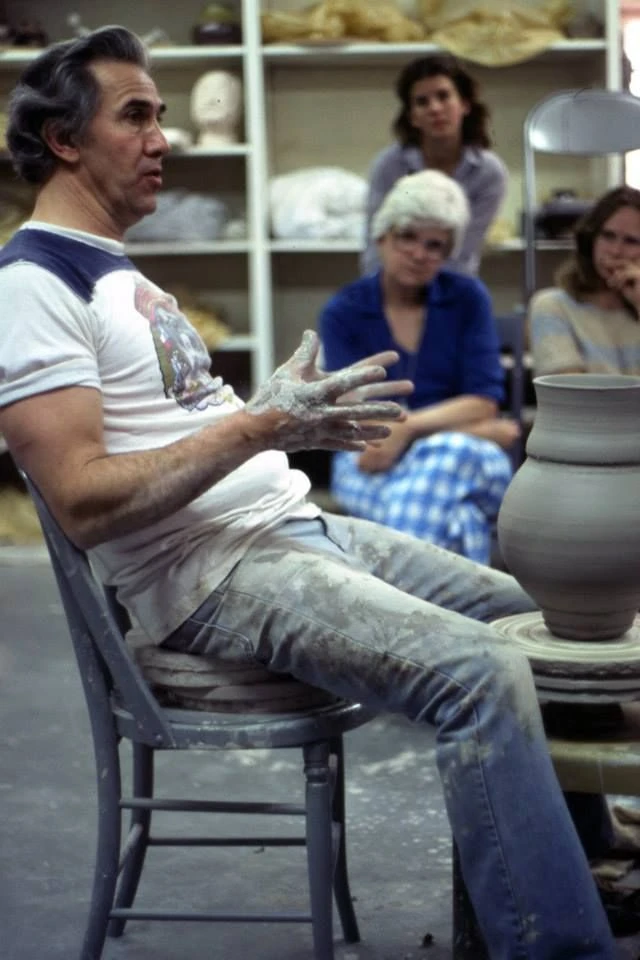

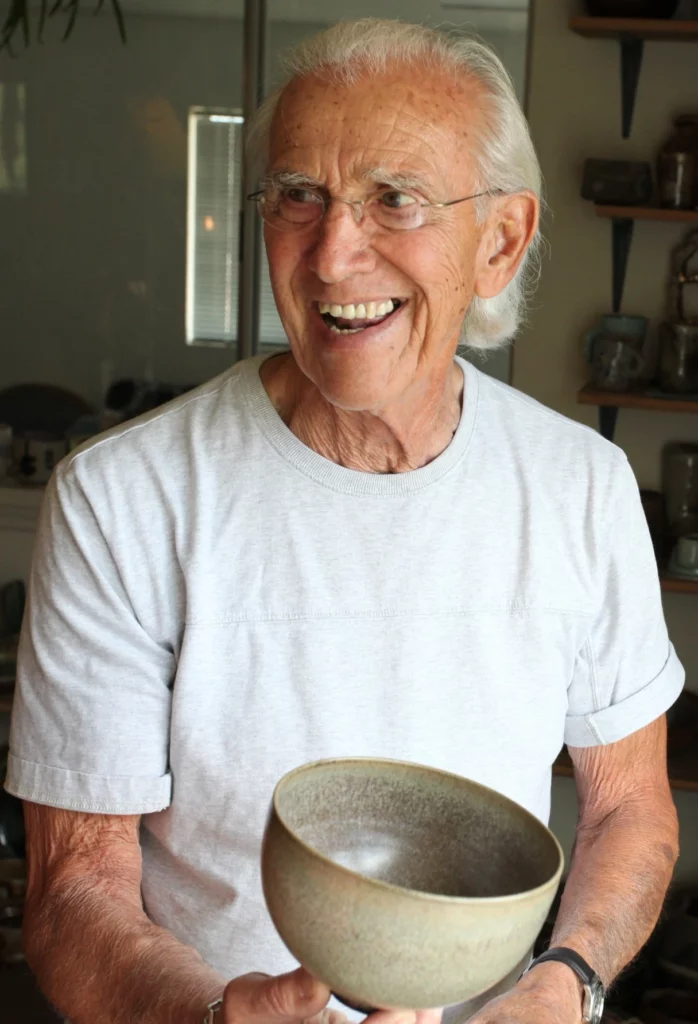
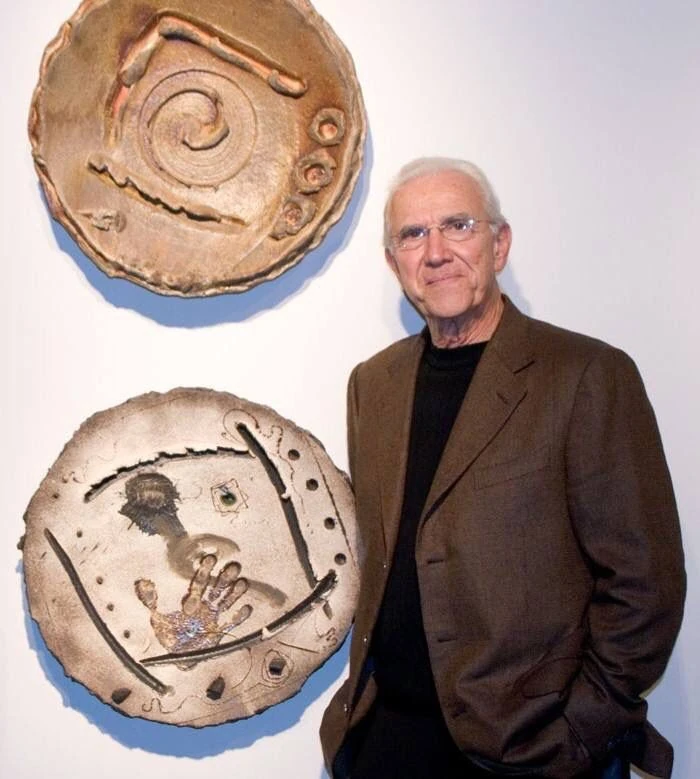
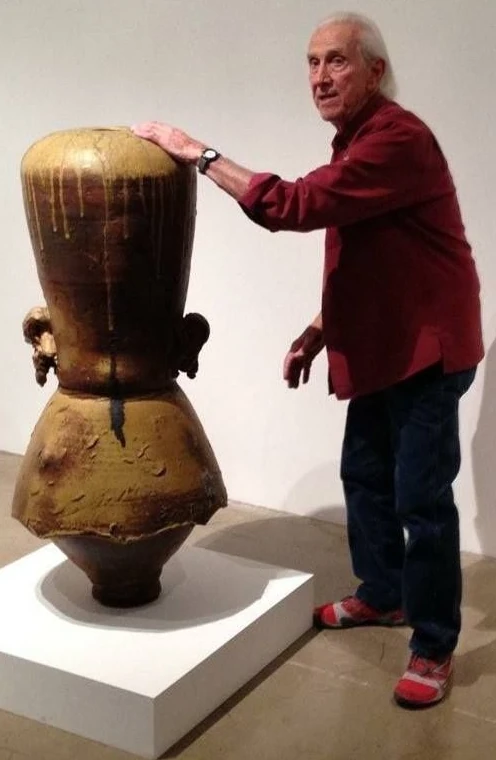
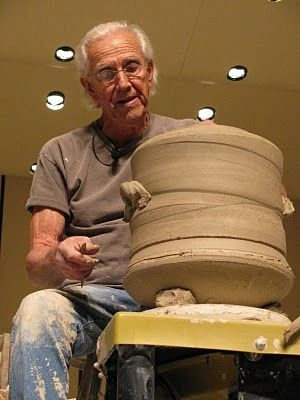
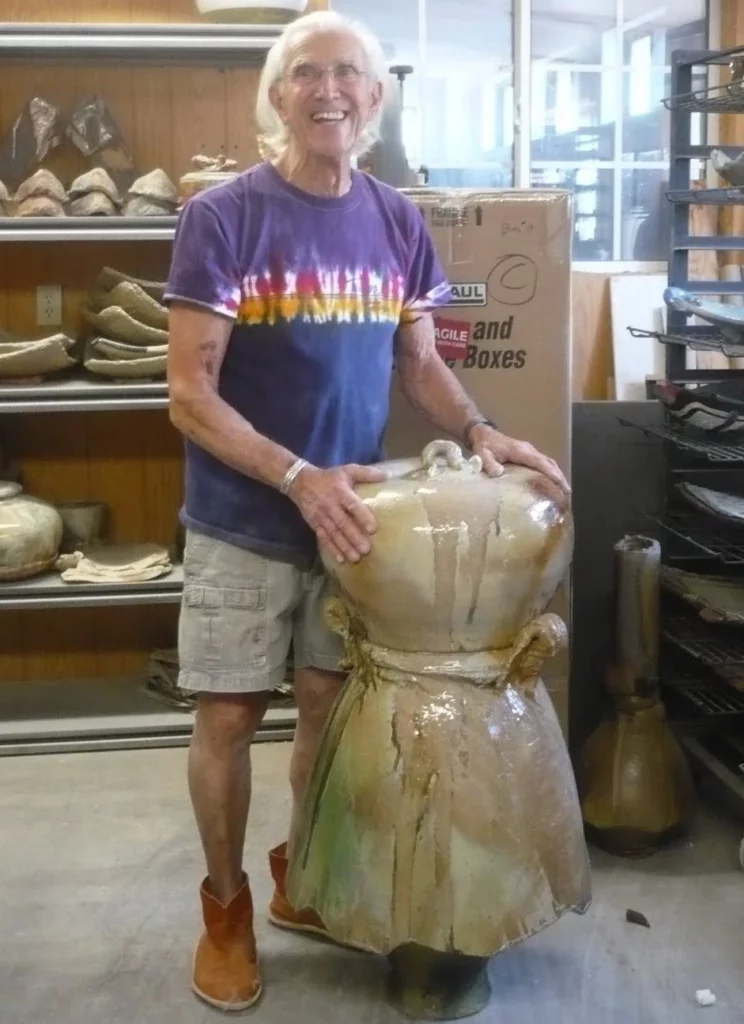
Early Education And Career Of Don Reitz
Don Reitz Sara Series
Reitz had been taught how to make pots on a potter’s wheel, glaze them carefully, and fire them to a refined finish. Later, his work took on a visceral disorder, and he was no longer willing to rely just on the wheel. See the image above for reference. And more abstract forms see the gallery below.
Reitz was born on November 7, 1929, in the Pennsylvania town of Sunbury, barely over a week after the events of Black Tuesday. He was raised in the New Jersey town of Belvidere, where he graduated from Belvidere High School in 1948.
In 1948, he enlisted in the United States Navy, where he served as a diver for the next five years. Later in life, he pursued a variety of other careers, including that of a butcher. He worked as a butcher during the day and painted in the evenings.
He was able to attend college because of the G.I. Bill. After high school, he attended Kutztown State Teachers College, where he majored in abstract expressionism and finally discovered his love for working on the potter’s wheel in his final semester. In 1957, he received his bachelor’s degree in art education from the college where he had been studying.
Reitz then went on to study ceramics at Alfred University’s New York State College of Ceramics. To begin with, his work consisted of functional items done in the “modernist” manner. In 1962, Reitz earned a Master of Fine Arts degree from Alfred University’s School of Art and Design.
Don Reitz’s Career
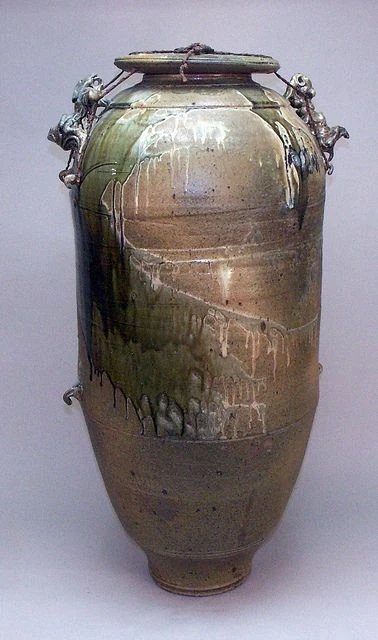


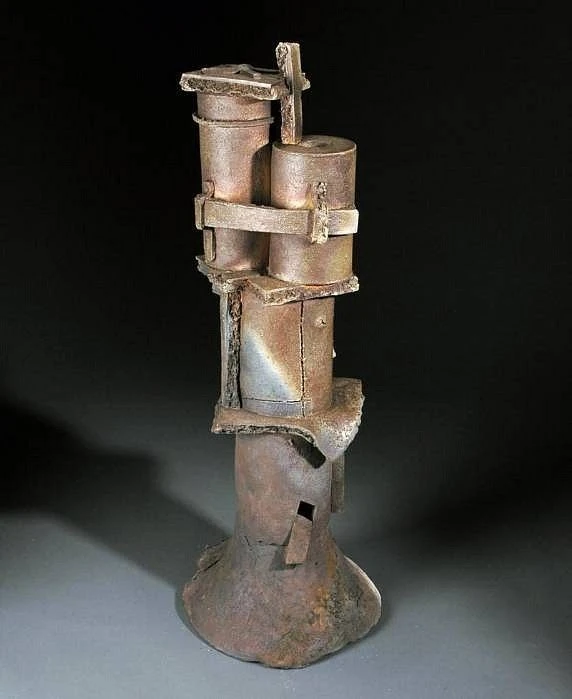
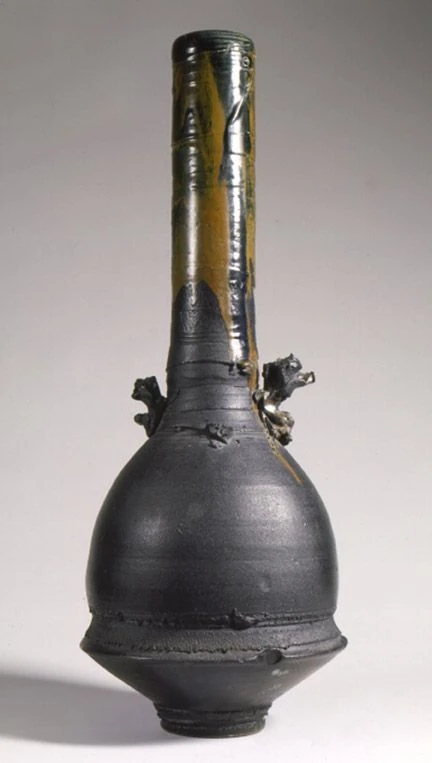
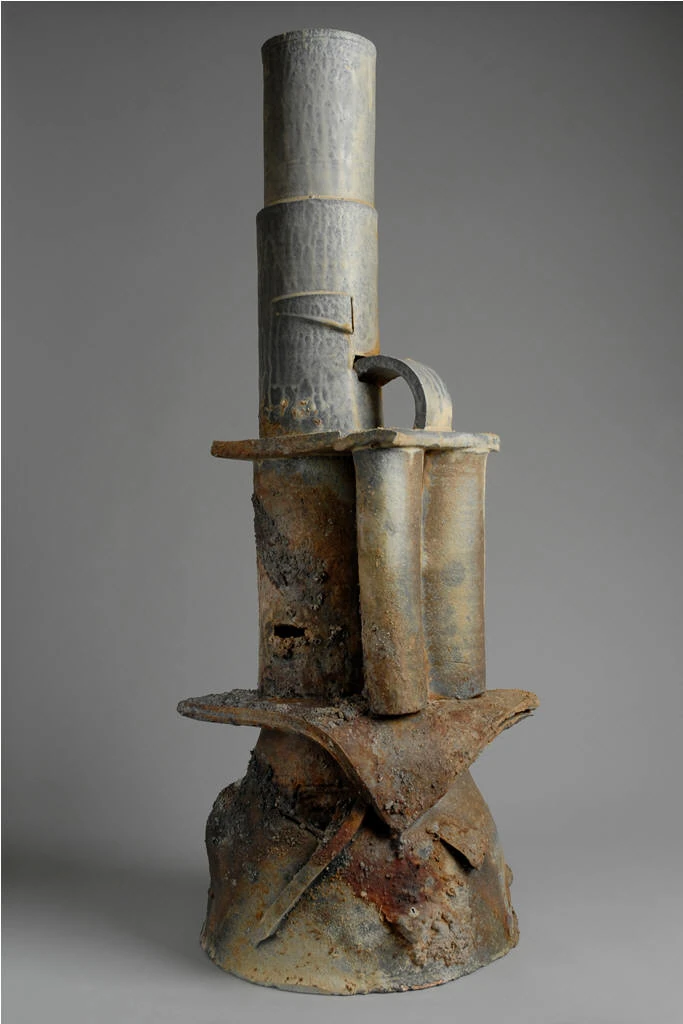


Reitz began teaching at the University of Wisconsin–Madison after receiving his bachelor’s degree in ceramics from the College of Ceramics. The position of ceramics instructor became available when Harvey Littleton, the previous ceramics instructor, opted to pursue a glass program at the University rather than continuing his ceramics teaching career.
Early in this period (early 1960s), Reitz began experimenting with different types of pottery (less equaled pots), branching out from his previous focus on useful tableware.
He was introduced to and began working with salt glaze pottery while studying at Alfred University. The process produces brownish “luminous colors and a dazzling surface” as a result of the use of heat. He taught the approach at the University and helped to make it more well known. Some art historians, such as Martha Drexler Lynn, and fellow potters, such as Phil Rogers, have referred to him as a pioneer of salt glaze in studio pottery in the United States.
In 1977, he received the honor of being appointed a Fellow of the American Craft Council. The Smithsonian Institution owns two salt-glazed items, “Tie Down Salt Glazed Covered Jar” (1980) and “Large Pitcher” (no known date), both of which are salt-glazed.
During a truck accident in 1982, Reitz was killed and another person was injured. His hospitalization for several months coincided with the beginning of his connection with his niece Sara via the mail. His niece, who was undergoing cancer treatment, would send him get-well cards that contained drawings she had done herself.
After incorporating her designs into his ceramics by “tracing them into big platters of clay” and other ceramic containers, Reitz began to get recognition for his work.
The Sara Period is the name given to a set of works that he produced during this time period. Reitz would have this to say about the series: “The Sara series is extremely significant. It was a healing series, a spiritual series, and it was something that we both appreciated tremendously.” “Until the Sara series, I had never done any drawings of figures in clay before. That, I believe, was the spark that ignited the drawing, the true painting, which happened by chance when Sara and I were both treating one other’s wounds.” In the end, his niece would heal and he would be able to continue making ceramics long into the twenty-first century.
At the Lacoste Gallery in Concord, Massachusetts, you may see a number of pieces from this time period on display.
Don Reitz’s Legacy
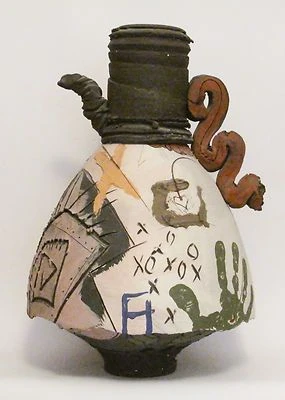
Later in his career, in the 1980s and 1990s, he became interested with wood firing ceramics as a cooperation with other artists, traveling to various ceramics studios to experiment with different kilns and their resulting effects. He retired from the University of Wisconsin in 1988, although he continued to paint at his private studio in Clarkdale, Arizona, until his death in 2011.
Several times, including in 1988 and 2001, Reitz was named to Ceramics Monthly’s list of the “best living ceramic artists in the world.” In 2002, he was presented with the Gold Medal Award by the American Craft Council.
Eventually, he suffered a heart attack in 2007 and was forced to undergo a series of eleven surgeries, including a valve replacement, to recover. Although he had stopped making works for some years, he continued to do so with the assistance of studio helpers and collaboration artists for another several years.
Elements that had been fashioned into cylindrical shapes were taken by him and modified before being assembled into abstract sculptures, statuettes and table top pieces.
Reitz passed away on March 19, 2014, at the age of 84, at his home in Clarkdale, Pennsylvania, due to heart failure.
Don Reitz’s Exhibitions And Museums

A number of museums, including the Smithsonian Institution’s Renwick Gallery in Washington, D.C., the American Museum of Ceramic Art, the Museum of Arts and Design, Elvehjem Museum, Chazen Museum, Los Angeles County Museum, de Young Museum, San Francisco, California, the High Museum of Art in Atlanta, Georgia, and the Museum of Fine Arts, Boston, display his work, as do several private collections.
Among the notable exhibitions that took place during this time period are:
- Don Reitz: Clay, Fire, Salt, and Wood was a touring exhibition that took place in 2005.
- In 2012 at the Belger Arts Center in Kansas City, Missouri.
- Don Reitz: Trial by Fire was on display at the American Museum of Ceramic Art in Pomona, California,
Conclusion And Summary
Don Reitz (1929-2014) was an internationally renowned ceramic artist known for his classical pottery forms and intellectually provocative works. In the 1960s, he famously said, “Let’s dig deep,” encouraging his students, including Jody Clowes, to work with dirt rather than traditional materials. He began experimenting with salt added to the clay and hot kilns to create textured surfaces far different from the prevailing cultural winds of the time.
Don Reitz was an internationally renowned ceramic artist known for his impetuous approach and his use of centuries-old techniques. He often worked with unfired clay and rejected traditional figurative approaches, opting instead for deceptively childlike designs that were intellectually provocative. Reitz was a Professor Emeritus at the University of Wisconsin and a member of a small cadre of midcentury artisans who sought to expand the orthodox definitions of ceramics.
He was particularly interested in salt firing, a centuries-old technique that had been neglected in modern ceramics. In his works, salt’s alchemy transformed the surface of the pots, yielding textured surfaces far different from the genteel finish of Chinese or Egyptian ceramics. Reitz’s works can be found in major museum collections including the Weismann Art Museum, the Asheville Art Museum, the Milwaukee Museum of Art, and the Arizona State University Art Museum.
He was influenced by other notable ceramic artists such as Peter Voulkos and Rudy Autio, and his work is part of the John Bullard Collection at the Arkansas Arts Center. Reitz’s unique approach and dedication to centuries-old techniques made him an important figure in the world of contemporary ceramics.
Reitz’s work swept away figurative approaches, burned little holes, and challenged viewers to see similar proportions in new ways with his typical puckish pragmatism. His work soon assumed longer content and was shown in museums such as the Daum Museum and Mint Museum. Reitz was included in various auctions, including Dress Rehearsal, and was part of a small cadre of midcentury artisans, many of whom started as sign painters.
Reitz, a Professor Emeritus, was impetuous in his approach to ceramics. He once used banana peels to poke mountains into the clay. His work often included immense, integral parts of the piece, demonstrating a muscular anarchy and a spontaneous response. He was even known to salvage dive for objects that he could incorporate into his work.
Popular Ceramic Artists
Reference





